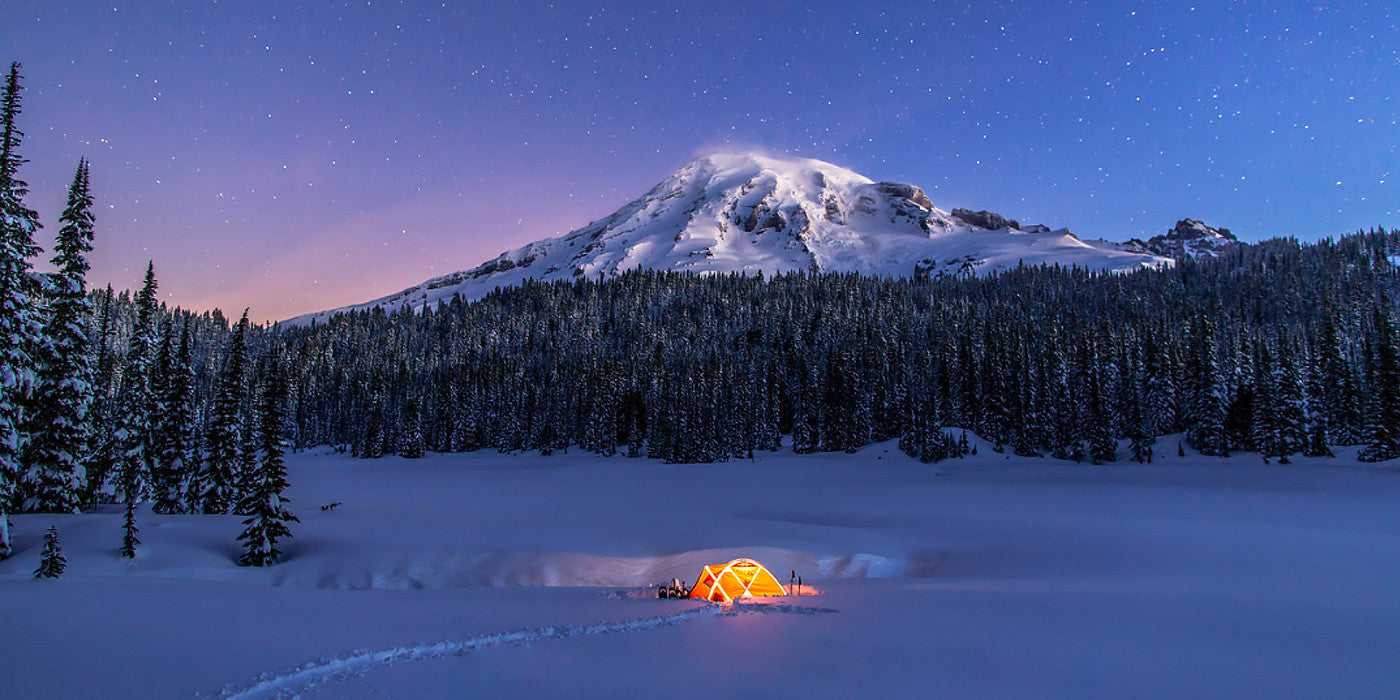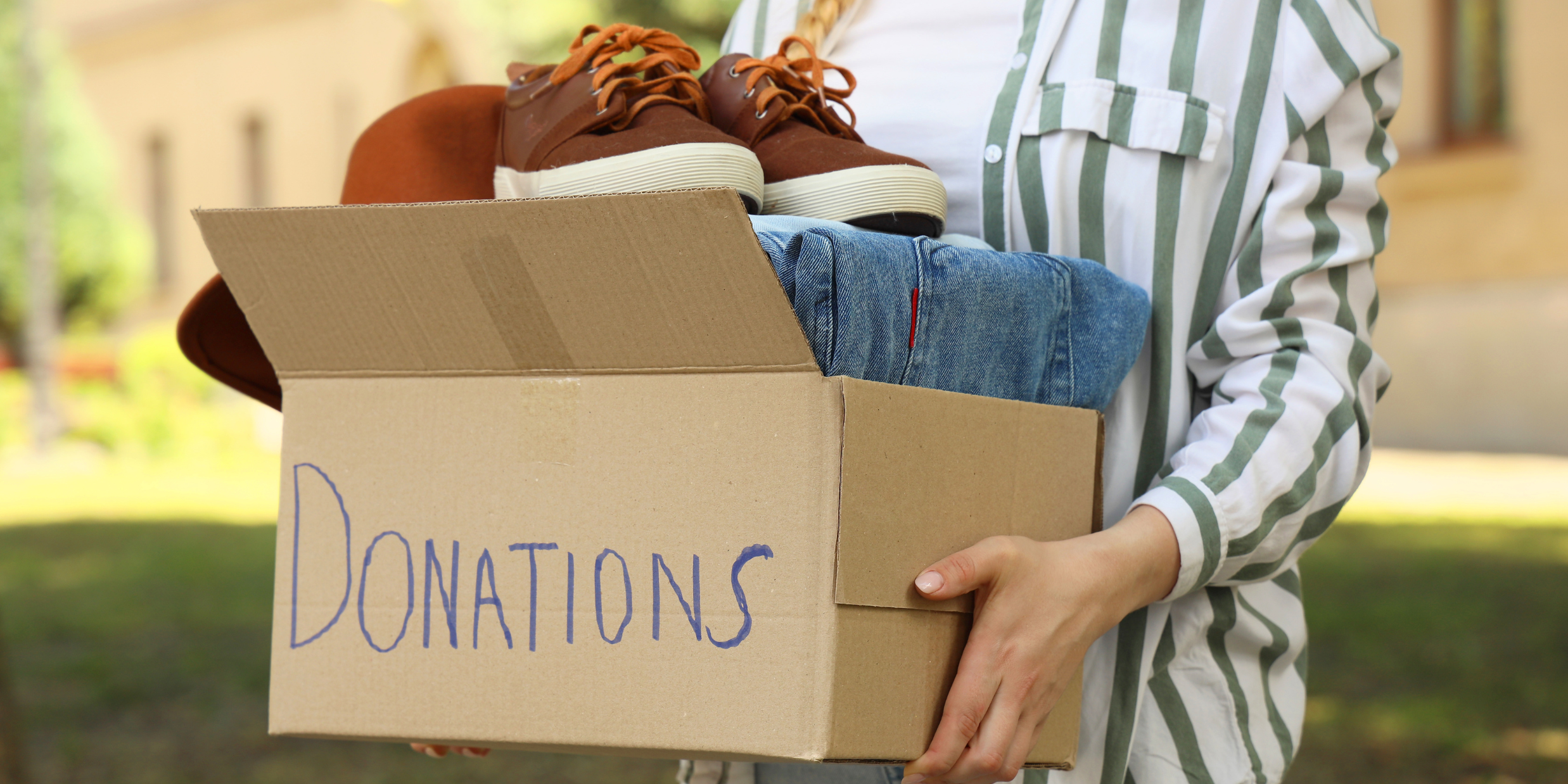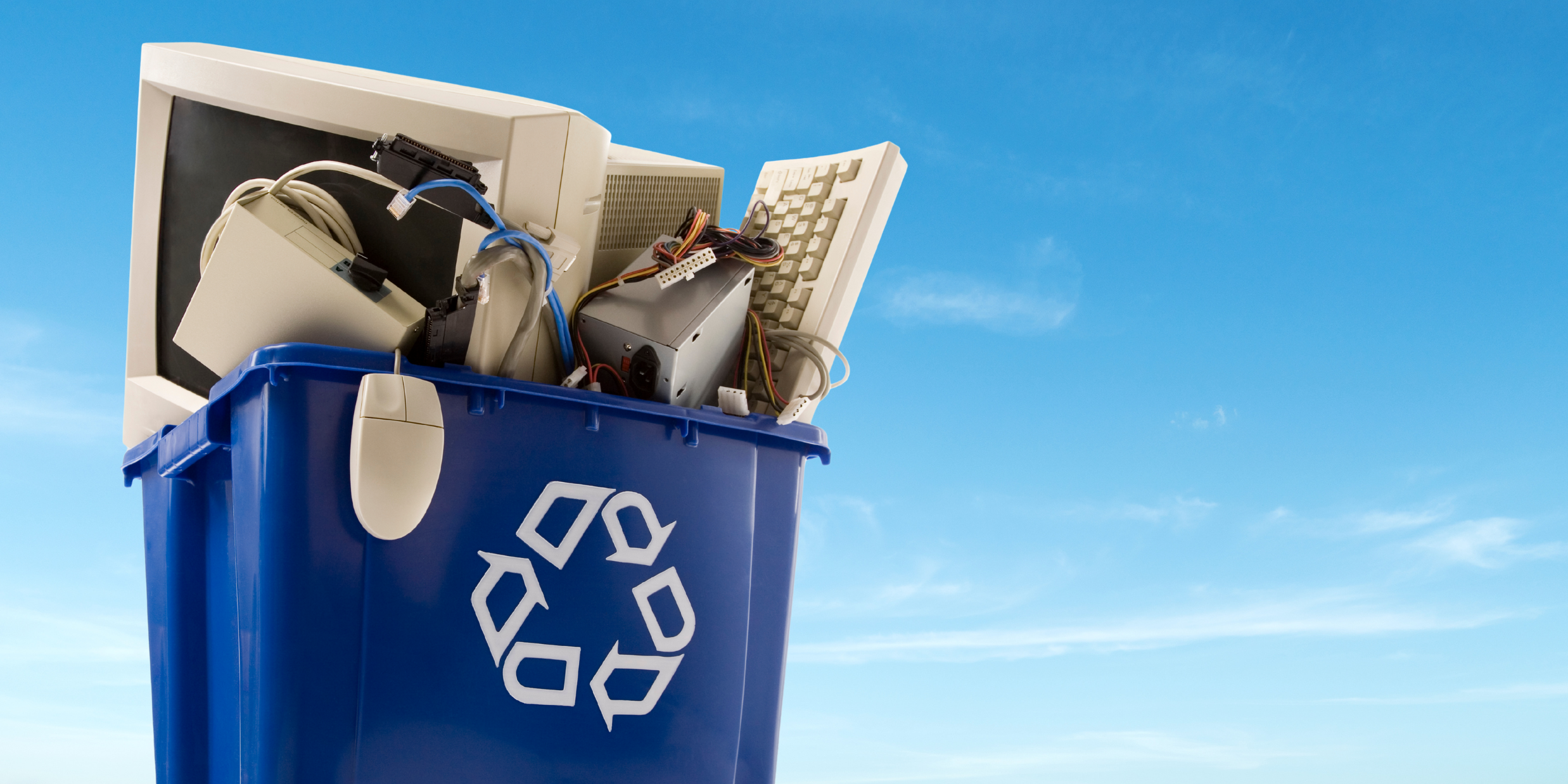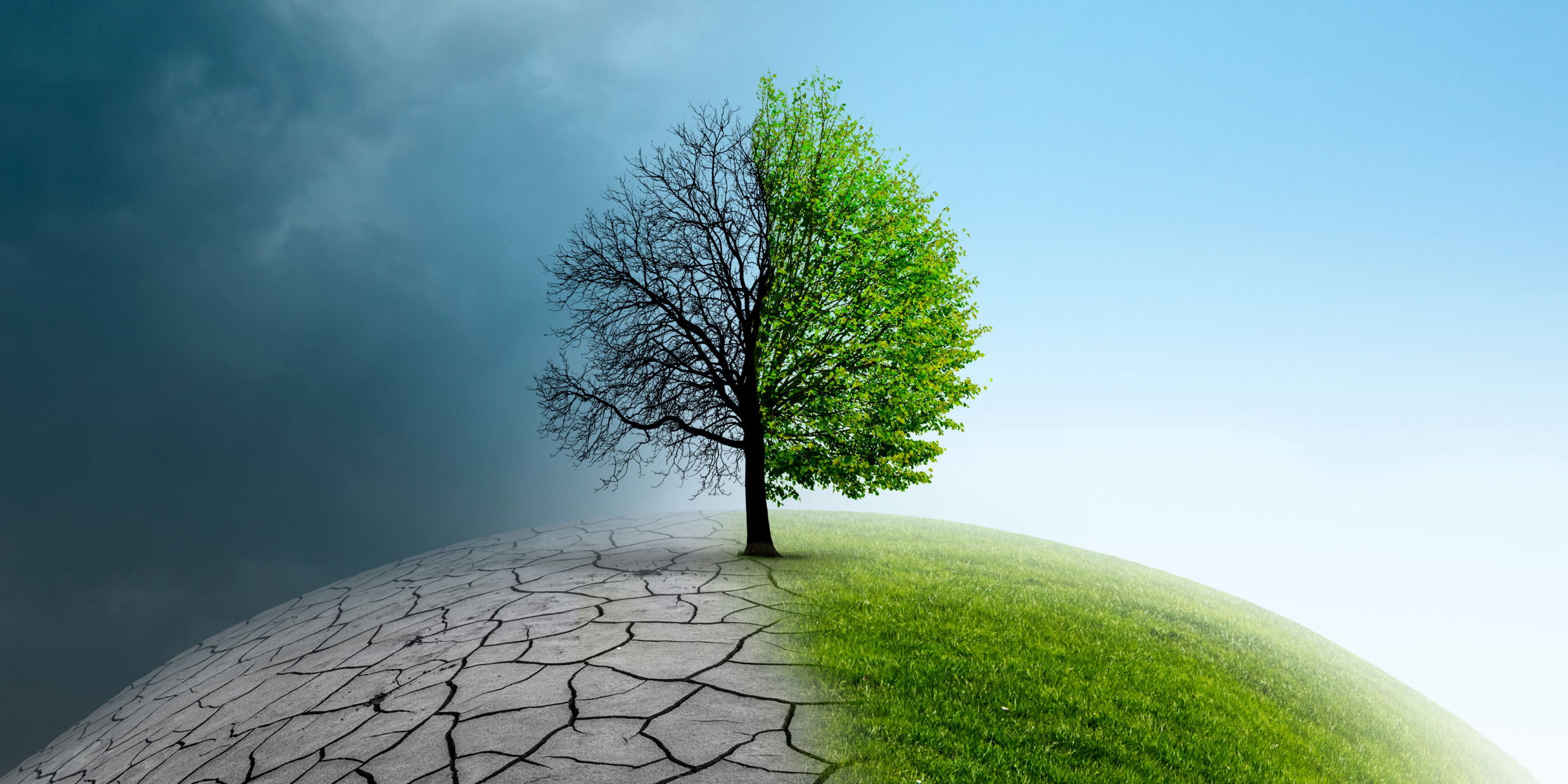“Leave no trace”.
After generations of making our mark on this planet, in both good and bad ways, we’re finally warming up to the idea of making less of one...or better yet, none at all.
“take only photographs, leave only footprints”.
It might even be the mantra you recite to yourself as you decide what to do with that chewing gum in your mouth, or when you’re sorely tempted to take that conch shell home to display on your mantel.
This is the year to up your game on “no trace” travel.

Tip #2 Travel and Camp on Durable Surfaces. Image by Steve Walasavage
You might already be planning out your travels for this year, and knowing you, we’re betting those plans include some type of outdoor exploration.
In honor of #IY2017, here are seven basic principles to consider for eco-friendly exploring, created by the Leave No Trace Center for Outdoor Ethics.
- Plan Ahead and Prepare. Know the rules of the area, what you can bring, and when the least disruptive times to visit are.
- Travel and Camp on Durable Surfaces. Hike and set up camp in designated trails and campsites, where the ground is already impacted and cleared. Don’t forge new paths, no matter how curious of a cat you are.
- Dispose of Waste Properly. The “leave only footprints” part of the mantra; if it wasn’t there when you arrived, it shouldn’t be there when you leave. Pack up and remove waste to dispose of later. Except for, ahem...your own waste. Bury that 6 to 8 inches underground, at least 200 feet from water bodies.
- Leave What You Find. The “take only photographs” part of the mantra; if it was there when you arrived, it should still be there when you leave. This preserves the habitat and keeps non-native species from establishing in other areas.
- Minimize Campfire Impacts. Build your fires in established rings, or use your own lightweight camping stoves. Let your fires burn down to ash before extinguishing, and scatter the cooled ashes whenever you can.
- Respect Wildlife. We could write an entire thesis on this idea, but we’ll keep it short and sweet: just leave animals alone. Never approach or feed them. Observe from a distance. It’s for your own safety, too.
- Be Considerate of Other Visitors. Share the space. Be courteous and let other hikers and campers pass by with ease. Allow everyone to enjoy the peace and silence of nature; party when you’re back home.

Rule #6 Respect wildlife. Yes, these bears are cute but keep your distance. Image by Steve Winter Photography






Share:
How to Have Yourself a Merry Little "Green" Christmas
How to Live a Good Life the Simple Way: A Minimalist Perspective